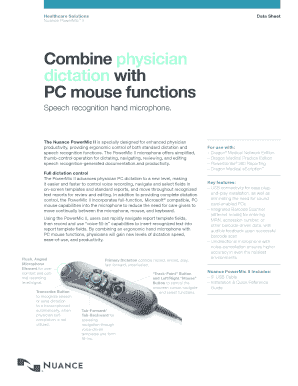

However, there was erythema and cobblestoning of the mucosa of the esophagus consistent with some irritation.

There were no lesions or masses noted in the esophagus and the full extent of the esophagoscopy. The patient was then taken out of microsuspension and the Dedo laryngoscope was removed.Įsophagoscopy was then performed. Another 0.3 mL of Kenalog 40 steroid was injected into the left posterior vocal fold granulation tissue. Lidocaine 1% with 1:100,000 epinephrine on pledgets were then placed on the granulation tissue for hemostasis.Īt that point, 0.3 mL of Kenalog 40 was injected into the right posterior vocal fold granulation tissue. Cup forceps was used to biopsy the lesions of the posterior true vocal folds bilaterally. Microsuspension was then used to visualize the lesions. There were posterior glottic granulation tissue lesions bilaterally. There were no lesions or masses noted in the base of tongue, vallecula, epiglottis, bilateral aryepiglottic folds, pyriform sinuses or false vocal folds. The table was then turned.Ī direct laryngoscopy was performed.

At that point, an endotracheal tube was placed by anesthesiology service without difficulty. General face mask anesthesia was given until a deep plane of anesthesia was obtained. The patient is here to undergo the same.ĭESCRIPTION OF OPERATION: Once the patient signed informed consent, the patient was brought to the operating room and was placed in the supine position on the operating room table. INDICATION FOR OPERATION: This patient was referred for esophagoscopy and microsuspension laryngoscopy with biopsy and injection of steroid by Dr. SPECIMENS: Bilateral posterior vocal fold granulation tissue. PROCEDURES PERFORMED: Esophagoscopy and microsuspension laryngoscopy with biopsy and injection of steroid.ĪNESTHESIA: General endotracheal anesthesia. POSTOPERATIVE DIAGNOSIS: Bilateral posterior glottic granulation tissue. PREOPERATIVE DIAGNOSIS: Vocal fold lesions.


 0 kommentar(er)
0 kommentar(er)
